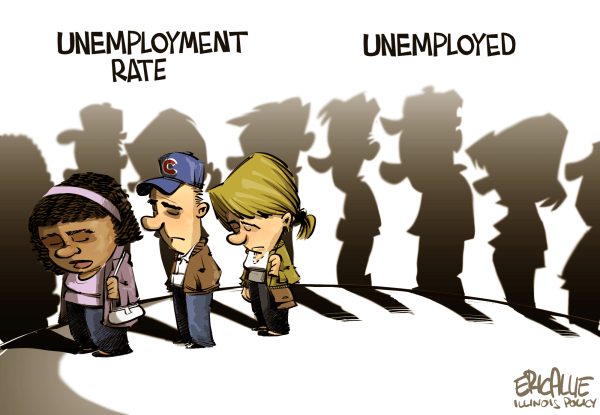“[T]he working-class can’t thrive on low unemployment rates alone. For the median job-seeker in Trump’s America, the odds may be good, but the good jobs are an oddity,” wrote Eric Levitz, associate editor of the Daily Intelligencer in his December 6, 2019 article, Jobs, Jobs Everywhere, But Most of Them Kind of Suck.
At the end of 2019, the U.S. Department of Labor (DOL) reported that the unemployment rate was 3.2 percent, the lowest it has been in decades. But despite the low unemployment numbers, workers aren’t prospering, far from it.
The truth is, most of the surge in hiring has been to fill low-wage positions. The Brookings Institute, a nonprofit public policy organization, wrote in its November 2019 report, Meet the low-wage workforce, that “even as the U.S. economy hums along at a favorable pace, there is a vast segment of workers today earning low enough to leave their livelihood and families extremely vulnerable.”
The report states that more than 53 million people, or 44 percent of all workers ages 18-to-64 in the United States, are low hourly wage earners. Their median earnings are $10.22 per hour, about $18,000 per year.
The report shows that 64 percent of low-wage workers are in their prime working years of 25-to-64. And more than half work full-time year-round.
Calling our current economic state, a “barbell” economy, a Washington Post December 5, 2019, article by Heather Long points out that among the “10 jobs expected to add the most employees in the next decade, six pay less than $27,000 a year. Jobs are growing at the high and the low end.”
In her article, Long writes about the lack of news coverage on the more than 2.1 million (disproportionately female) administrative and office-support jobs that have been shed since 2000.
We have all heard countless tales of the offshoring of manufacturing jobs, but very little has been said of the loss of those administrative and office-support roles. Traditionally, those jobs have been a route to life-long economic security for non-college-educated women.
The Washington Post reports that “employment in administrative support positions has fallen to 1986 levels, and the Labor Department predicts that secretaries and administrative assistants will see the largest job losses of any occupation in the coming decade.”
Where we once had what the Federal Reserve calls “opportunity employment” — employment accessible to workers without a Bachelor’s degree that typically paid above the national annual median wage — we are seeing more and more of those jobs being shed and most of them aren’t being replaced. There are very few opportunities for adults entering the workforce who don’t have the education or training to get ahead.
Another statistic not taken into account in the DOL’s report on unemployment is the number of involuntary part-time workers. Rob Valletta, a vice president in the Economic Research Department of the Federal Reserve Bank of San Francisco told Business Insider in January that there are “about 1.4 million additional individuals who are stuck in part-time jobs. These numbers imply that the level of involuntary part-time work is about 40 percent higher than it would normally be expected at this point in the economic expansion.”
In examining the part-time and gig economy phenomenon, Business Insider editor Jim Edwards writes, “the part-time ‘gig economy’ has broken a fundamental link in capitalism that was good for workers. Pay rates no longer move upward as unemployment moves downward because companies like Uber, Amazon, Just Eat, and Deliveroo switch their demand for labor on and off, on a minute-by-minute basis.”
“Having a job is no longer a guaranteed way of getting ahead. Instead, work may keep you poor. You cannot get rich working for Uber. You cannot get rich working for Deliveroo.”








